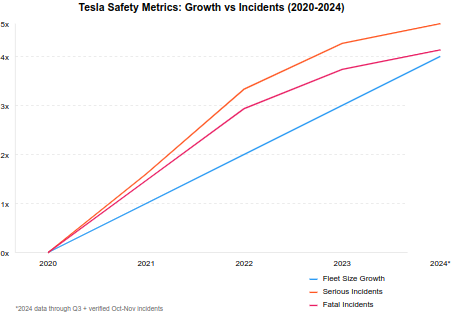It was a turtle skull on a plane that set off alarm bells for officers, listening to two hunters loudly boast about a Napa-based operation killing endangered species.
The officers were dressed in plain clothes and seated in front of a couple who were discussing hunting. A conversation with the officers and the unsuspecting couple ensued that ultimately led to the couple disclosing that they were transporting a sea turtle skull from the East Coast in their luggage. The couple also discussed their unlawful take of a mountain lion, which is a specially protected species in California illegal to hunt or possess in whole or in part.
The couple then spoke openly about a close family member’s unlawful possession of multiple taxidermized mountain lions, a wolverine and wolves at the family member’s residence in Napa County. The couple then proceeded to share a video with the wildlife officers of the family member’s “trophy room” where the illegal mounts were displayed.
After deboarding the plane, the wildlife officers asked if the couple would show them the sea turtle skull. The suspects acknowledged the potential unlawful possession and waited until after any Transportation Security Administration (TSA) officers could see before showing the officers the sea turtle skull concealed in a jacket inside their carry-on luggage. The skull belonged to a green sea turtle, a federally listed endangered species illegal to possess and transport.
These murderous criminals were fined around $2,000 each, which seems absurd given the huge amount of irrecoverable damage intentionally done. And they had their license for hunting pulled? I’m sure that doesn’t mean anything to them anyway.
In the process of serving the search warrant in Butte County, wildlife officers found the couple processing a deer that was taken illegally earlier in the day. Deer season was closed, and the suspects had no deer tags. Also inside the residence, wildlife officers found mountain lion claws, a ringtail cat, a barn owl mount, an illegal spike buck and several unlawfully taken deer with tagging violations.
Ringtail cats are a fully protected species in California. Mounted raptors and raptor parts are illegal to possess without appropriate state and federal permits.
At the family member’s residence in Napa County, meanwhile, wildlife officers discovered two illegal, full-bodied taxidermized mountain lions and one full-bodied taxidermized wolverine. Wolverines are another fully protected species in California illegal to possess.
No tags. No licenses. No worries, apparently for 24-year-old Byron Lee Fitzpatrick, 28-year-old Shannon Lee Price and 64-year-old Harry Vern Fitzpatrick. Here they are wearing a Florida “MadeByMommaCraftCo” image of Santa Claus holding a shotgun, above the phrase “Tis the Season”, openly celebrating murder of vulnerable endangered sea turtle.


While the report says these arrogant and sloppy criminals couldn’t wait to show wildlife officers a green sea turtle skull, to me it looks like a loggerhead was killed.

Had they been holding up a big bag of smuggled cocaine to show officers instead, while wearing an image of Santa Claus smoking a cigar, just think of the penalties.
Like human and narcotics trafficking, wildlife trafficking of both live animals and animal parts is known to fund transnational criminal organizations and their violent activities all over the world. The individuals involved exhibited a flagrant disregard for laws governing natural resources and are now being held accountable for their actions.
Ok, strong words, yet only $2,000 in fines? Come on. Take the market value of all those endangered animals to start with, then add the market value of the equipment used, including the buildings, vehicles and all hunting gear. If penalties aren’t close to those levels of profit, rising to true accountability is doubtful.

Consider, for example, an arrest following a tip to offers can lead to a $3,500 reward. Are rewards for catching these criminals higher than penalties for the crimes? If you are witness to any California poaching you can call CALTIP at 888 334-CALTIP (888 334-2258) or use CitizenObserver.com by texting “CALTIP” followed by a space and your message to 847411 (tip411). CALTIP also offers a smartphone App for anonymous communication with wildlife officers.



